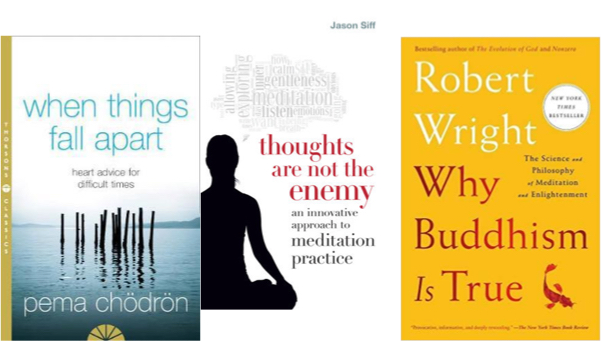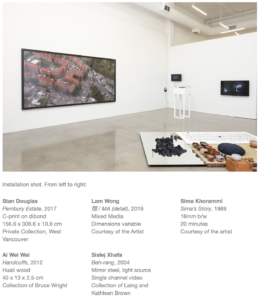
It was September 2019. I had had difficulty ploughing through Richard Wright’s book, Why Buddhism is True. And I had recently “read” When Things Fall Apart (by Pema Chödrön) — which I found helpful in some respects, but also repetitious and lacking in rigour. So it was that the science journalist, Peter Brems, recommended to me the book, Thoughts Are Not the Enemy: An Innovative Approach to Meditation Practice, suggesting it was very different from Wright’s and quite worth the read.
Peter is very knowledgeable about meditation and cognitive science… so I took up his latest recommendation. Continue reading The Book I Read Last Year that Had the Greatest Impact on Me

